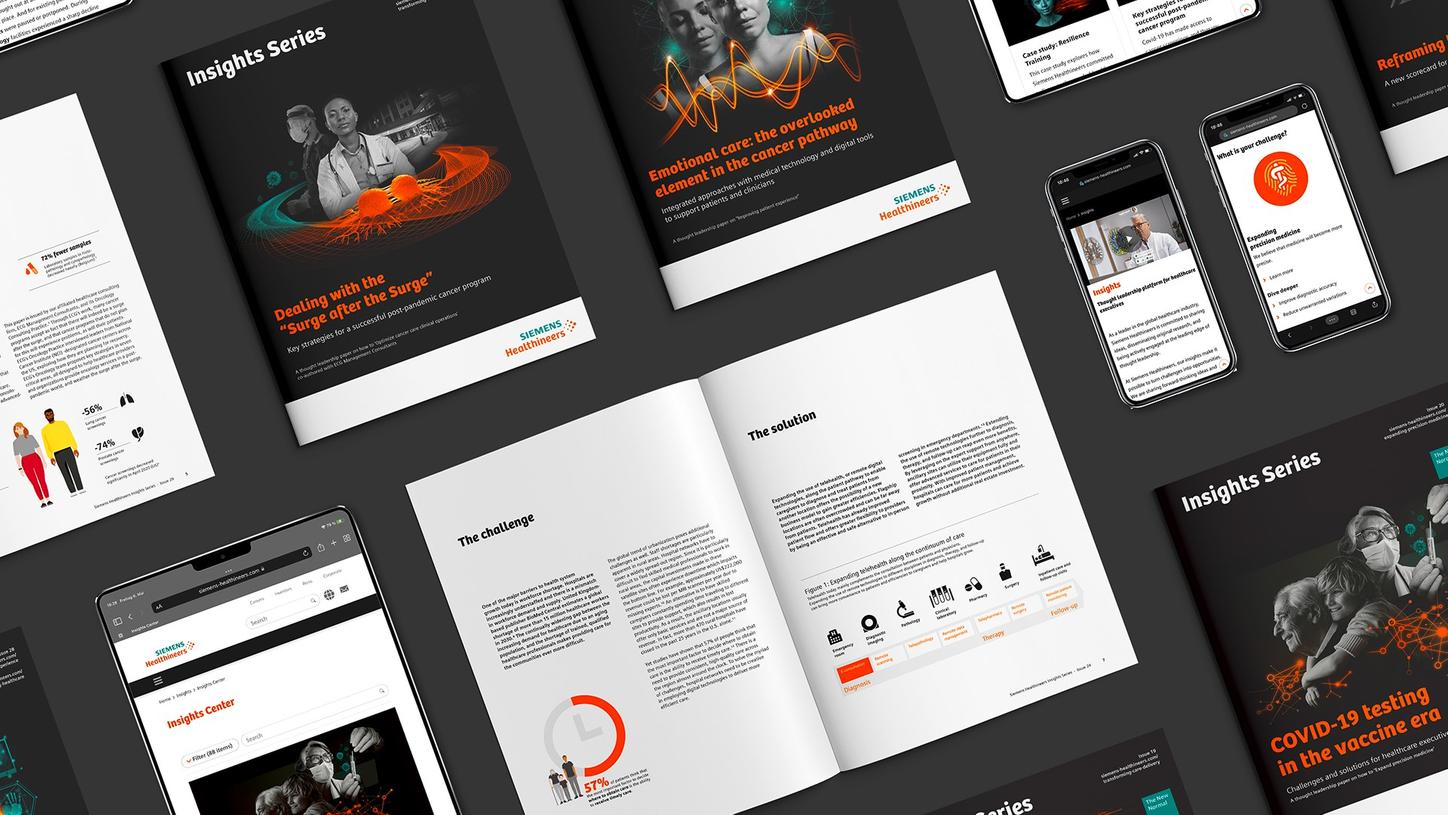Article authors: Joanne Grau and André Steinbuss | Reading time: 4 minutes
Explore strategies implemented by Jefferson Health to create a human-centered workplace, cope with workforce shortages, and reduce staff burnout.
Leveraging human-factor engineering to optimize healthcare operations
As advancements in medical technology move the industry forward, it creates opportunities for healthcare providers to improve patient care and deliver a superior experience. However, complex equipment and processes are not always designed with the user in mind, sometimes leading to operational inefficiency, reduced productivity and outcomes impacted by errors.
Recognizing this, Jefferson Health, a multistate 17-hospital health system centered in Philadelphia, set out to design a more human-centered workplace. Making adjustments helped them optimize their workflows, enhance safety and improve outcomes while prioritizing the well-being of their workforce.
Key takeaways from the paper
- Shift the mindset: Instead of attempting to change human behavior, modify equipment, systems and processes to support a seamless user experience.
- Smart application of data-driven insights can help augment caregiver decision-making.
- Encouraging open, honest feedback and communication of risks can create a culture of learning within an organization.
- A human-centered approach can lead to:
- Better synergy between humans and technology
- Higher-value care
- A sustainable and supportive work environment

Take full advantage of the paper
Become an expert on the topic – discuss and share it with your peers
This thought leadership paper is part of the Siemens Healthineers Insights Series. It provides ideas and practical solutions on "Achieving operational excellence". For more Insights, please visit siemens-healthineers.com/insights-series.

Stay tuned with regular executive insights
Subscribe to discover thought-provoking ideas, gain practical solutions to today’s
most pressing healthcare challenges, and receive our Insights Series.









